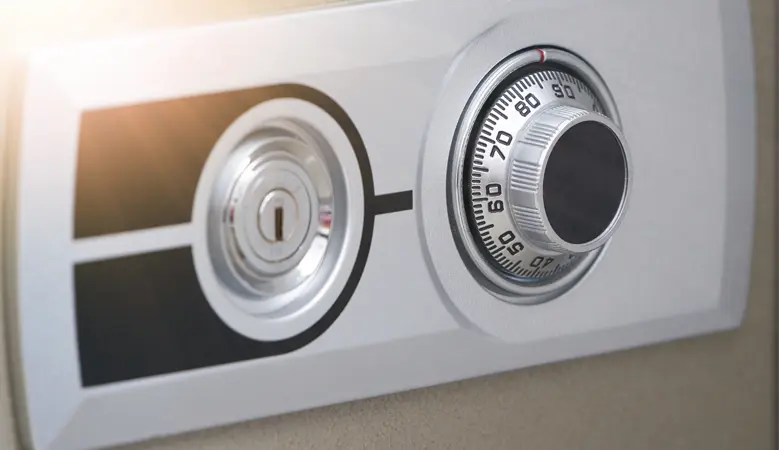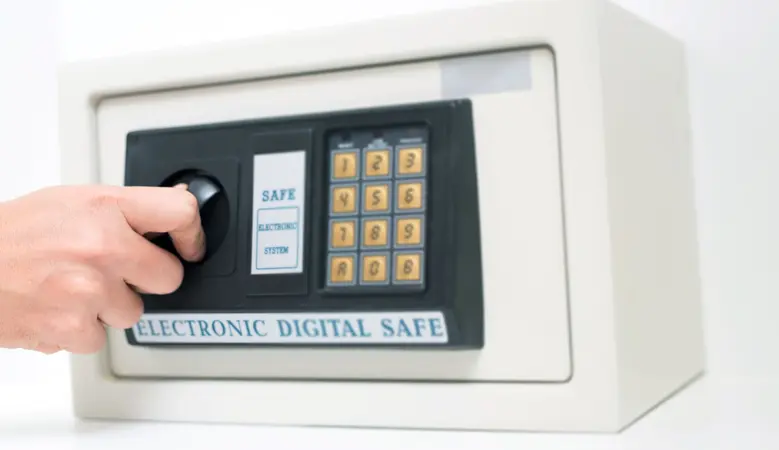Opening a home safe can be a delicate process, requiring both precision and understanding of the safe’s mechanisms. Whether you’ve forgotten the combination, misplaced the key, or inherited a safe with an unknown history, knowing the proper steps to open it is essential. In this guide, we’ll explore various methods and considerations for safely unlocking a home safe.
What Are the Legal Implications of Opening a Home Safe?
When considering opening a home safe, it’s crucial to understand the legal implications involved. Depending on the ownership and circumstances, accessing a safe without proper authorization can be deemed illegal entry or even burglary. Seeking permission from the rightful owner or obtaining a court order, if necessary, is paramount to avoid legal consequences. Additionally, in cases of inherited safes or estate distribution, consulting legal counsel can provide clarity on the rightful ownership and permissions required for access.
How Do Different Types of Home Safes Impact Opening Techniques?
The method used to open a home safe can vary significantly based on its type and security features. Traditional dial safes require precise manipulation of the combination, while digital safes rely on keypad input or biometric authentication. Additionally, fireproof and waterproof safes may have additional layers of protection, influencing the tools and techniques needed for opening. Understanding the specific type of safe is crucial in determining the most effective and non-destructive approach to gain access. In cases where the safe’s type is unknown, consulting a professional locksmith with expertise in safe opening can provide valuable insights and solutions tailored to the situation.
Is it Possible to Open a Home Safe Without the Combination or Key?
Forgetting the combination or misplacing the key can be frustrating, but it doesn’t necessarily mean the home safe is inaccessible. Depending on the safe’s design and vulnerabilities, alternative methods such as manipulation, drilling, or bypassing the locking mechanism may be employed. However, these techniques require specialized skills and tools to execute safely and effectively. Attempting DIY methods without proper knowledge can risk damaging the safe and its contents. In such situations, seeking assistance from a qualified locksmith or safe technician is advisable to ensure a successful and damage-free opening.
What Tools and Equipment Are Needed to Safely Open a Home Safe?
Opening a home safe requires specific tools and equipment tailored to the safe’s design and security features. Common tools include lock picks, tension wrenches, drilling equipment, and specialized safe opening devices. Additionally, protective gear such as gloves and eye protection may be necessary to ensure safety during the process. Utilizing the right tools and techniques is essential to minimize the risk of damage to the safe and its contents while achieving a successful opening. Professional locksmiths and safe technicians possess the expertise and equipment needed to safely open a wide range of home safes with precision and efficiency.
Are There DIY Methods for Opening a Home Safe, and Are They Safe?
DIY methods for opening a home safe exist, but their safety and effectiveness can vary greatly. Techniques such as drilling, prying, or using improvised tools may seem feasible in certain situations, but they often pose risks of damage to the safe and its contents. Moreover, attempting DIY methods without proper knowledge and experience can result in irreversible harm to the safe’s locking mechanism, rendering it inoperable. While some individuals may find success with DIY approaches, it’s crucial to weigh the potential consequences and consider seeking professional assistance to ensure a safe and reliable outcome.
When Should You Seek Professional Help to Open a Home Safe?
Knowing when to seek professional help to open a home safe is essential to avoid unnecessary risks and damages. If DIY methods have been attempted unsuccessfully or if the safe contains highly valuable or sensitive items, it’s advisable to enlist the expertise of a professional locksmith or safe technician. Likewise, if the safe’s locking mechanism appears complex or if there’s uncertainty about the safe’s integrity, consulting a professional can provide peace of mind and ensure a secure and efficient opening. Professional locksmiths have the necessary skills, tools, and experience to assess the situation and determine the most appropriate course of action to open the safe safely and without causing damage.

Can You Reset the Combination or Code on a Home Safe Without Opening It?
Resetting the combination or code on a home safe without opening it is possible in some cases, depending on the safe’s design and manufacturer specifications. Digital safes often have built-in mechanisms or procedures for resetting the code without requiring access to the interior. However, this typically involves following specific instructions provided by the manufacturer and may require verifying ownership or providing proof of purchase. For traditional dial safes, resetting the combination without opening the safe is more challenging and may require assistance from a professional locksmith or safe technician. Attempting to reset the combination without proper knowledge or authorization can lead to accidental lockouts or compromise the safe’s security.
What Are Some Common Mistakes to Avoid When Opening a Home Safe?
Avoiding common mistakes is crucial when opening a home safe to ensure a smooth and successful process. One common mistake is applying excessive force or using improper tools, which can result in damage to the safe’s locking mechanism or surrounding structure. Rushing the process without proper preparation or understanding of the safe’s mechanisms can also lead to errors and complications. Additionally, overlooking safety precautions such as wearing protective gear or securing the safe during manipulation can pose risks of injury or damage. By exercising patience, attention to detail, and following proper procedures, individuals can minimize the likelihood of mistakes and achieve a safe and efficient opening.
How Can You Safely Dispose of an Unwanted or Unusable Home Safe?
Safely disposing of an unwanted or unusable home safe is essential to prevent unauthorized access and ensure environmental responsibility. Depending on the safe’s condition and materials, recycling or scrapping may be viable options for disposal. However, it’s crucial to take precautions to render the safe permanently inoperable before disposal to prevent misuse or theft of its components. This may involve drilling through the locking mechanism or destroying internal components to make the safe irreparable. Additionally, ensuring proper documentation of the disposal process, including any serial numbers or identifying information, can help maintain accountability and traceability.
Are There Alternative Methods for Accessing Valuables Without Opening the Safe?
In situations where opening a home safe is impractical or impossible, alternative methods for accessing valuables may be considered. This can include seeking duplicate keys or combinations from the manufacturer or contacting a professional locksmith or safe technician for assistance. In cases where the safe’s contents are urgently needed, such as during emergencies or legal proceedings, exploring legal avenues for accessing the items may be necessary. However, it’s essential to prioritize safety and security throughout the process to prevent unauthorized access or compromise of the safe’s integrity.
In conclusion, opening a home safe requires careful consideration of various factors, including legal implications, safe type, available tools, and potential risks. While DIY methods may seem tempting, seeking professional assistance is often the safest and most reliable option to ensure a successful outcome without causing damage. KME Locksmith Dubai provides expert safe opening services, offering timely and secure solutions for accessing home safes. For assistance, contact KME Locksmith Dubai at +971-52-9533381.
